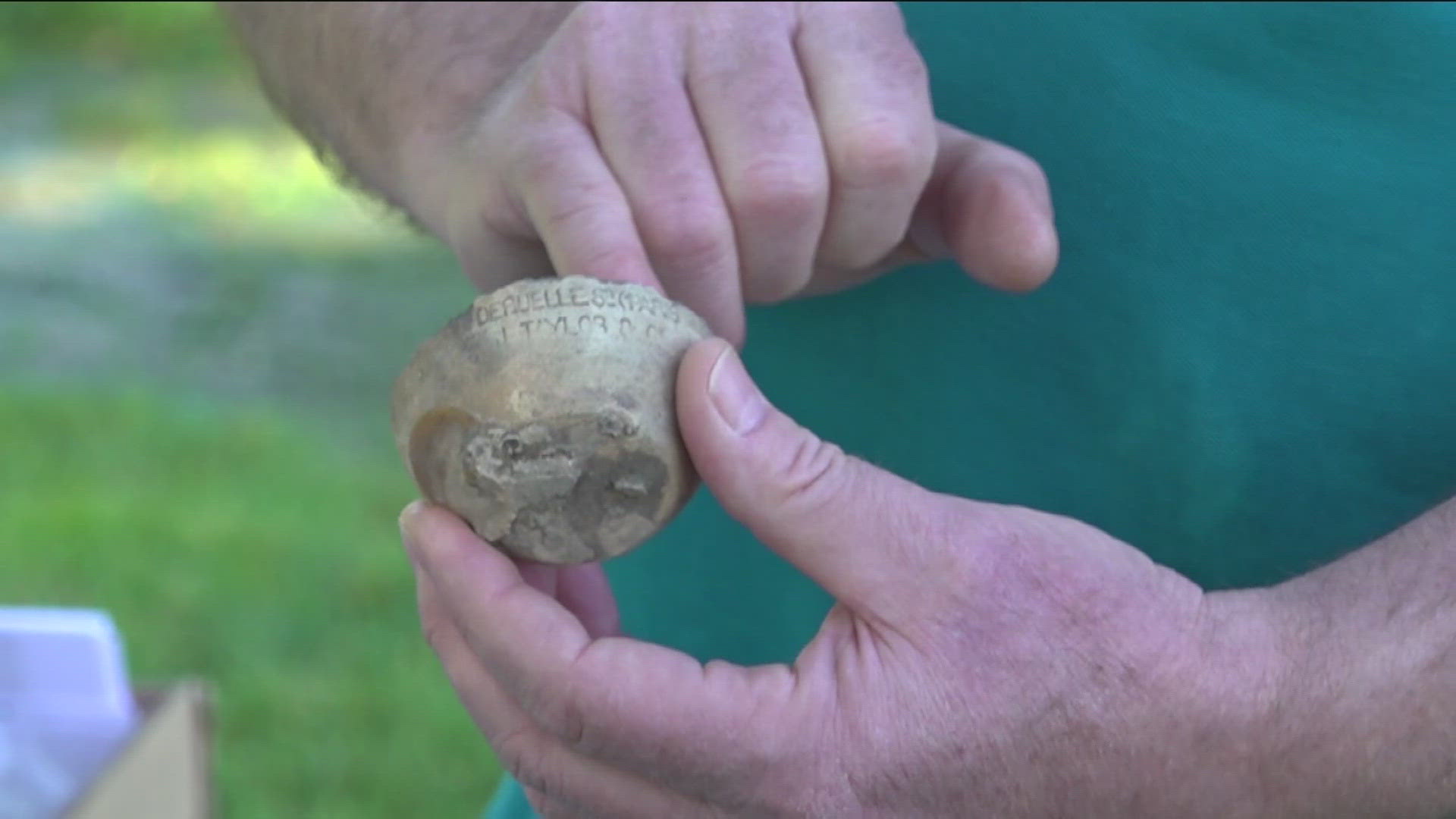BOISE, Idaho — An assay office is a facility where the quality and purity of precious metals, such as gold, silver, and platinum, are tested and certified.
The process, called assaying, involves analyzing a sample of metal to determine its composition and value.
The historical preservation group calls the Boise Assay Office one of the most historic and important buildings in Idaho and new finds during construction is telling us more about the past.
Between the bustling streets of downtown Boise, stands a building, that once determined the very worth of Idaho's most precious treasures.
Authorized by the federal government in 1869, 75,000 dollars later, the Boise Assay Office was built in 1872.
It played a vital role in the state's booming mining industry.
It's where people would go to determine the purity of precious metals like gold, silver and platinum.
The office was the final authority on what was truly worth its weight in gold.
It's easy to walk past it, but just steps away from the building are traces of the past and ironically, the office currently houses the State Historic Preservation Office and Archaeological Survey of Idaho
After digging a trench to put in a new utility line from the building to the street, they uncovered history.
"We told the contractors, if you find anything you need to let us know immediately," said Chris Shaver, the Idaho State Historical Preservation Compliance Archeologist. "The work began in July. In August, I ended up with a phone call from the foreman that they had found something."
Right at the foundation of the building, archeologist Chris Shaver dug up more history from the mining days.
"This is a discarded crucible, there's still material in it," he said. "This is a score fire and there's quite a few of these. This even has a maker's mark."
Hundreds of pieces were found.
"This military button, it's a general service infantry button, and it dates to somewhere between 1855 and 1875 so it's fairly old," he said.
At the time, it was normal for people to bury things they wanted to throw away.
Like they say, one man's trash is another man's treasure.
"It allows us to actually provide a more concrete understanding of where it came from, the time frame it came from, because materials are being brought in from England or Paris, there's reasons why certain things arrived at certain times," he said.
This is just the start to some of their finds. They removed what was in the trench to finish the restoration project, but there is still more to be found.
"It's exciting, the information, the research, is where it really comes together," he said. "That's the part where I love it most. But it is kind of nice just to go out your back door of your office and, you know, there's your archeological site."
Now, they are working with the University of Idaho, in hopes to get a grant and students to come help dig up the rest of the property.
It was not an easy feat to get the items to Idaho during the 1870s
Everything that came to Boise from the 1870s to the 1880s came by freight wagon and Idaho didn't have the railroad until 1883.
At the time the railroad would stop in northern Utah or northern Nevada, then you would bring things in a freight wagon pulled by a horse or oxen to Boise. Things form London and Paris, made the voyage across the ocean, and then it would get used once to test the metals, and be tossed in the lawn.

